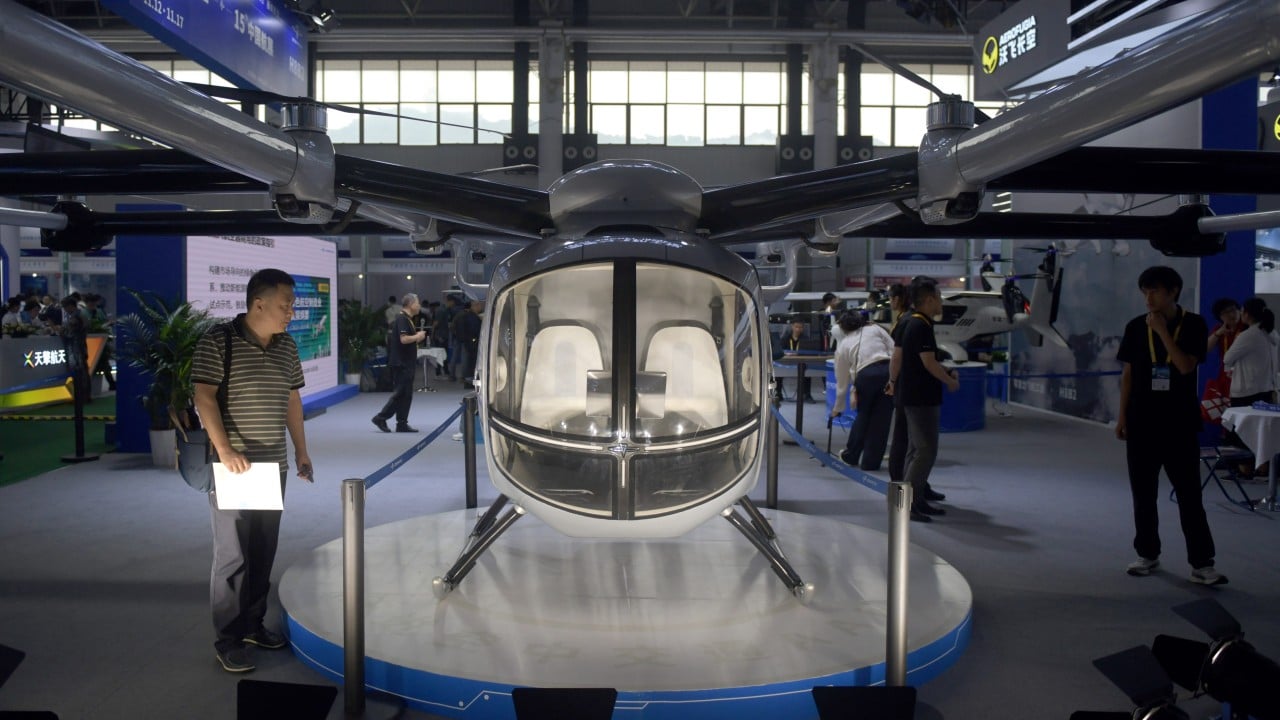At the annual CES consumer electronics show in Las Vegas last month, Chinese company Xpeng AeroHT captured the world’s imagination with the international debut of its Land Aircraft Carrier, featuring a six-wheeled vehicle and a compact aircraft.
Advertisement
Critics of China’s centralised governance model claim it stifles innovation and competition, resulting in large-scale innovation but low productivity. Yet in the low-altitude economy, a sector broadly defined as economic activities harnessing airspace below 1,000m – including drones, urban air mobility and aviation services – China is flying ahead.
Home to some of the world’s largest drone manufacturers such as DJI, China has captured more than 70 per cent of the global drone market. It accounts for nearly 80 per cent of unmanned aerial vehicle patent applications and has produced flying car companies such as Ehang, Volant and Xpeng AeroHT.
From drone deliveries to demonstrations of flying cars, progress is certainly visible. But how does this align with national ambitions and how did it take shape under China’s socialist system?
The low-altitude economy is a natural extension of China’s socialist system, where the government retains control over production resources to support national development. Once focused on land and physical infrastructure, this control now extends to digital infrastructure and airspace.
Advertisement
Regulators like the Civil Aviation Administration of China and state-owned enterprises such as the Shenzhen Urban Transportation Planning and Design Research Centre are playing an essential role in developing the key infrastructure underpinning the low-altitude economy.

